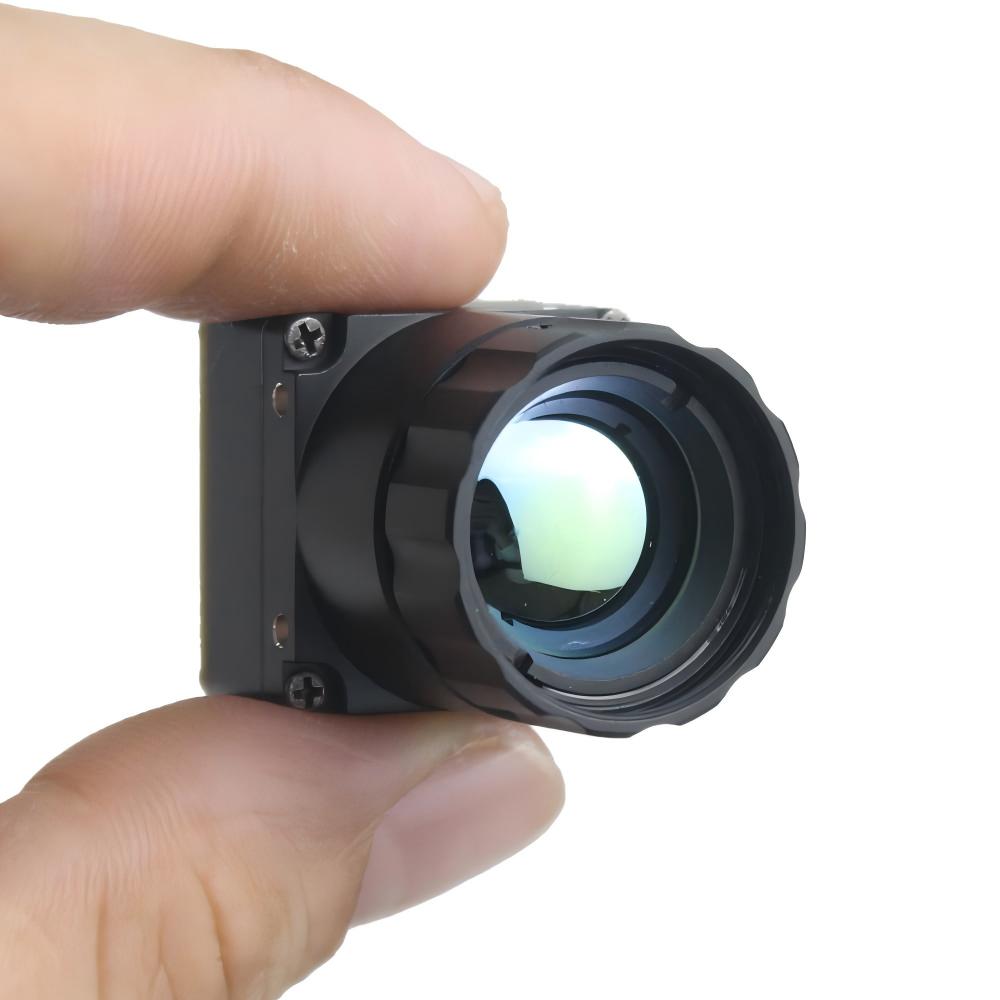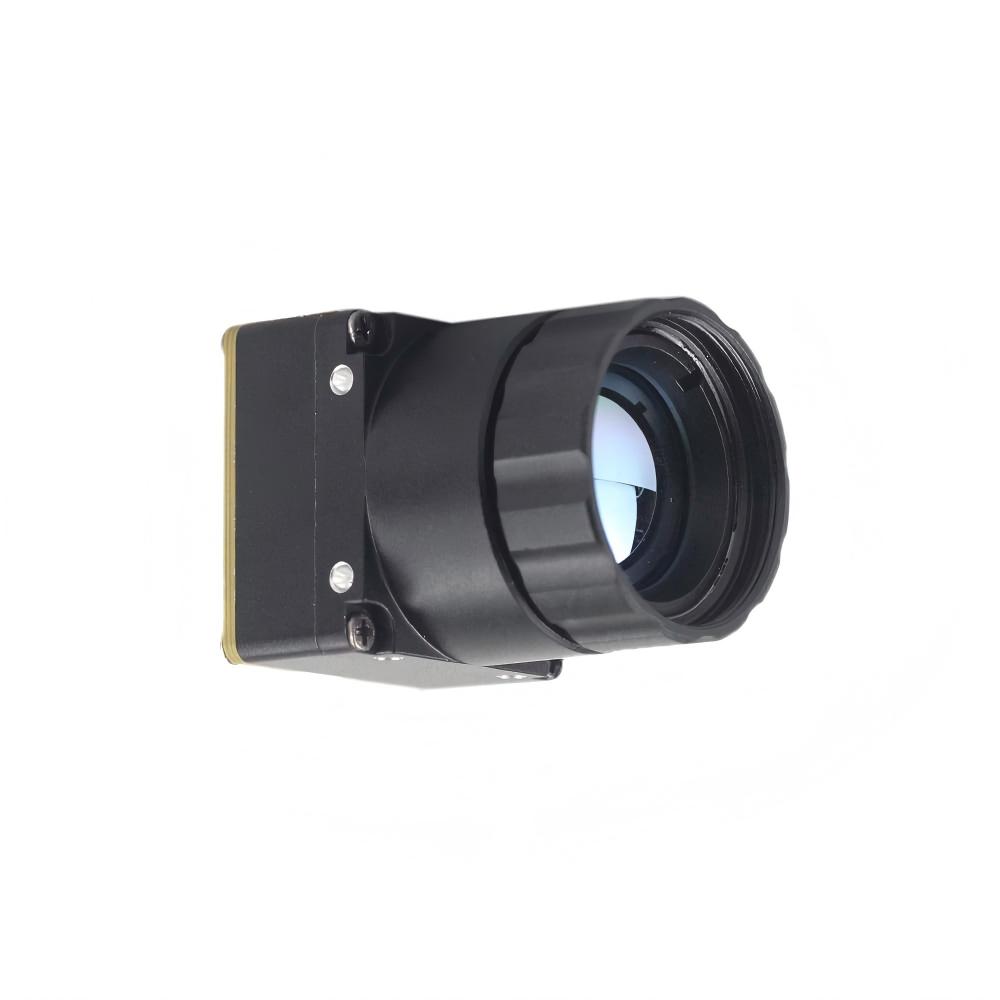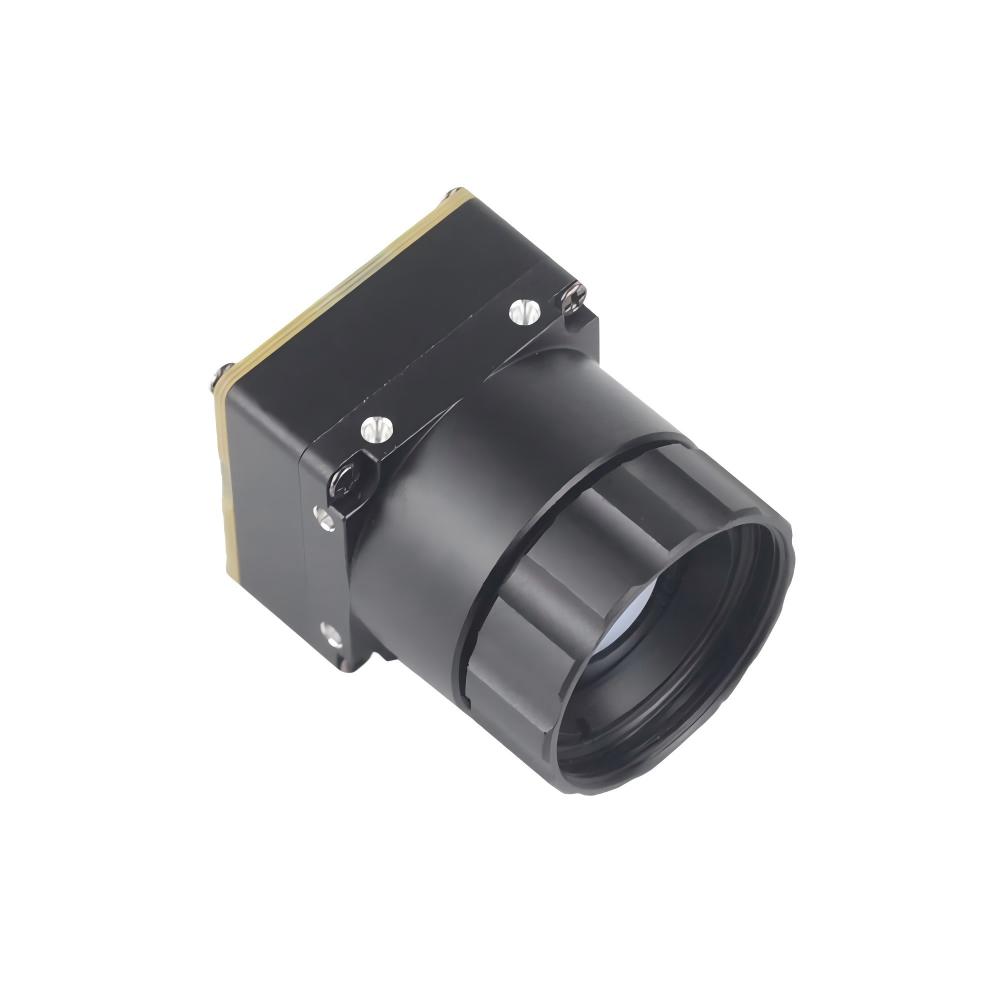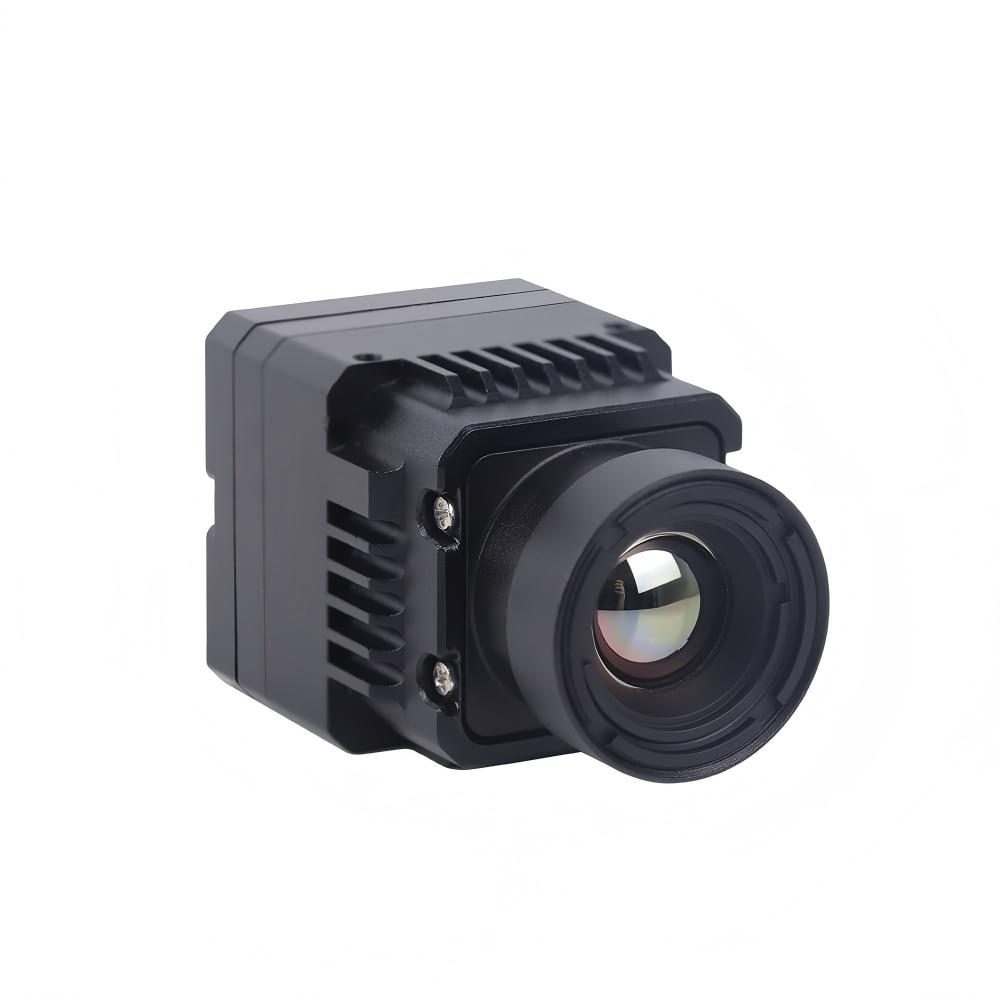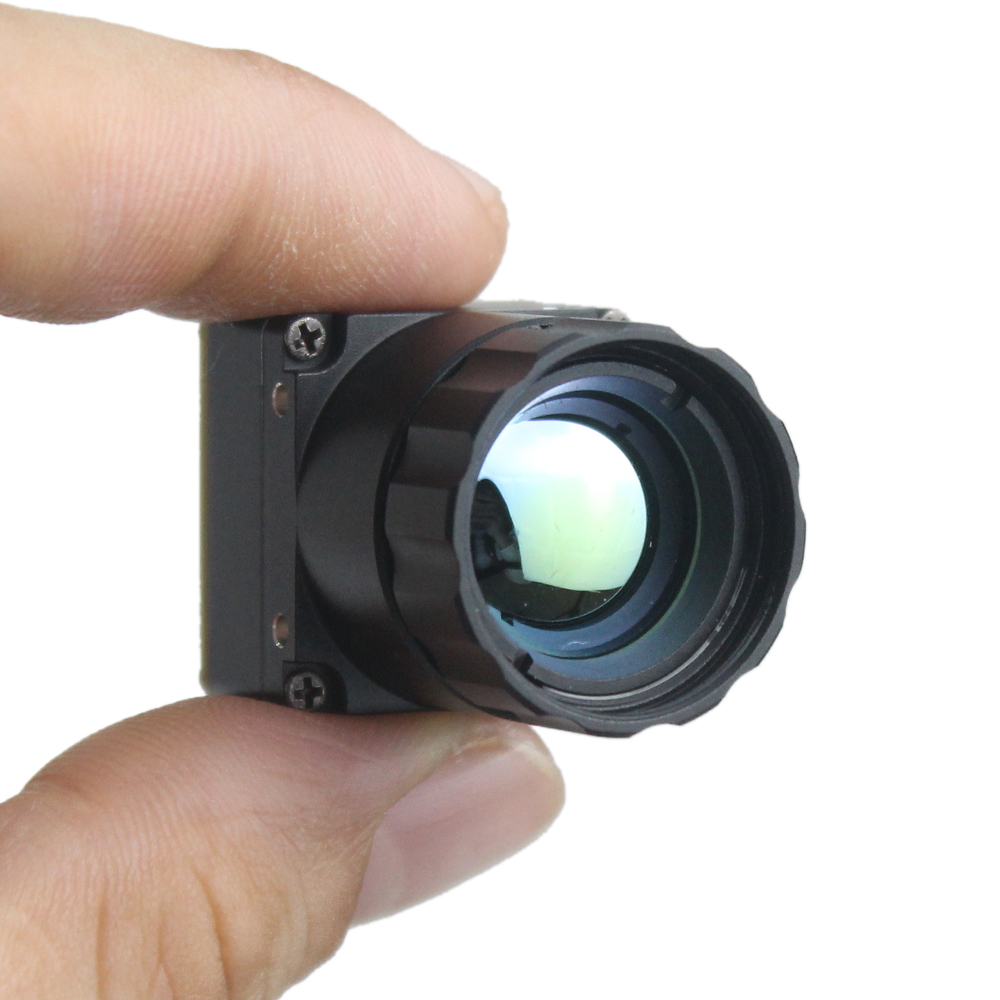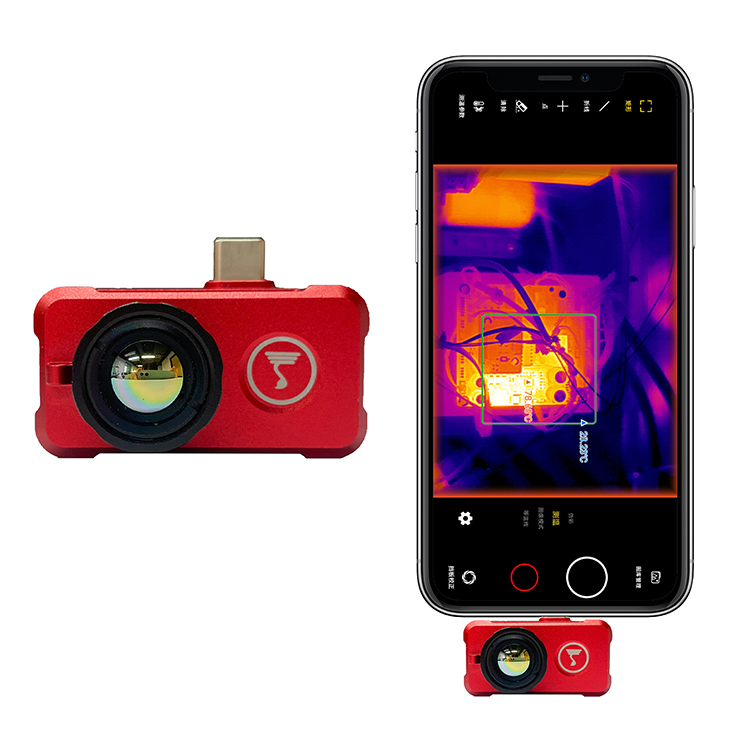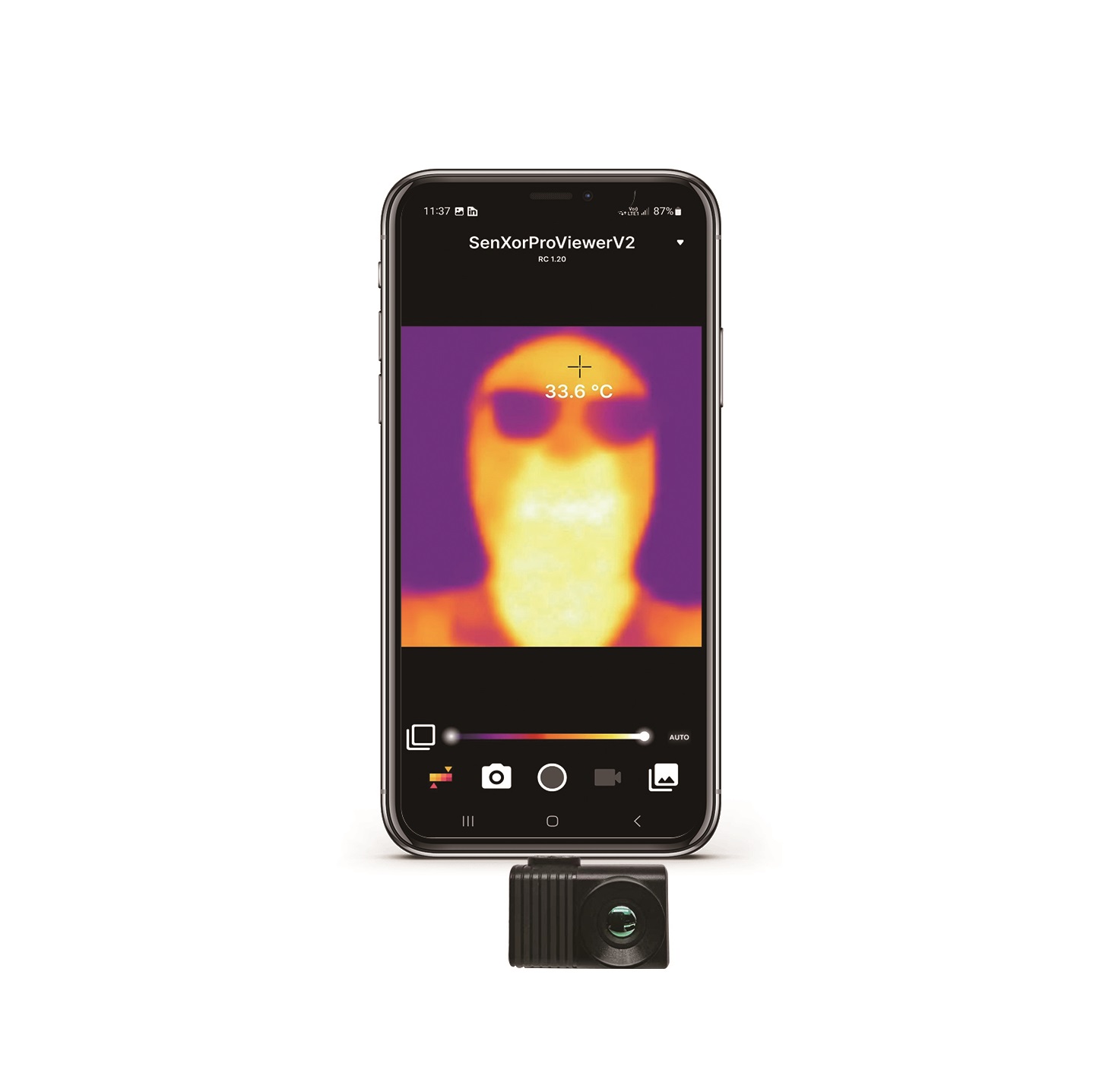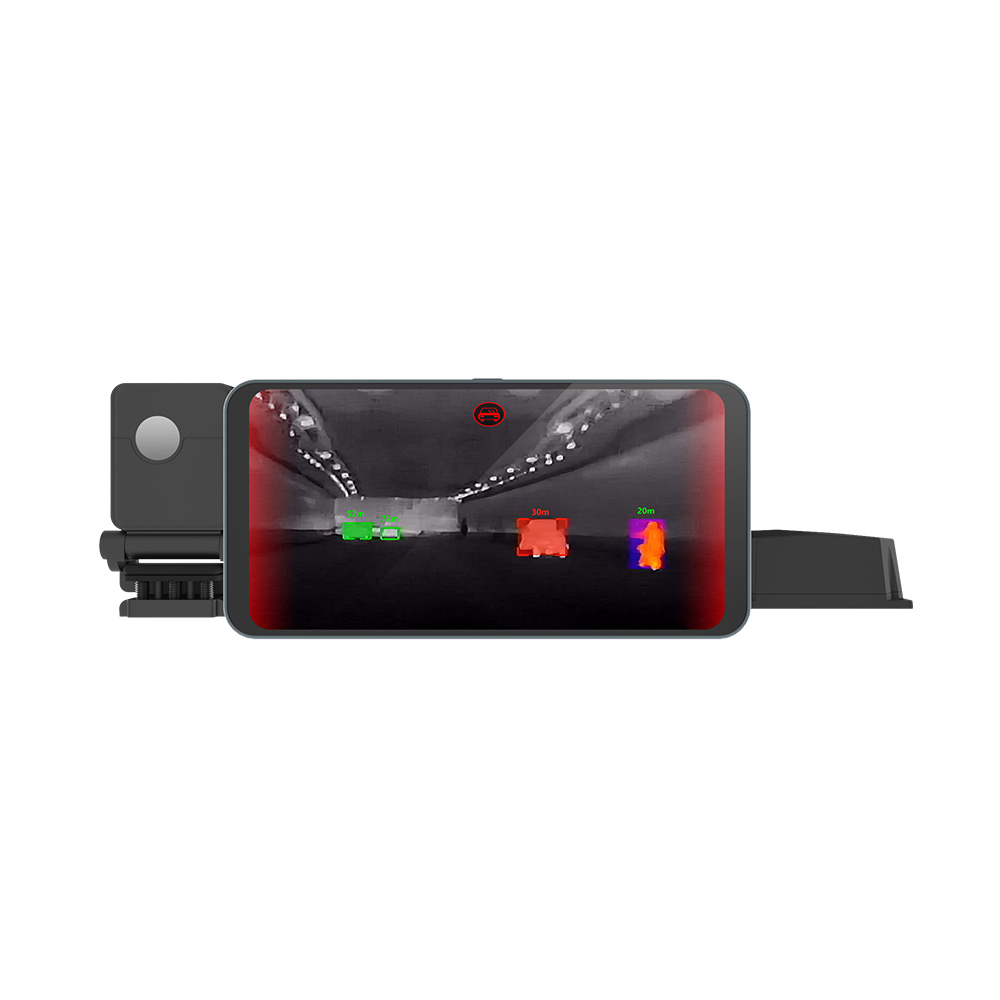Thermal imaging "sees" the world: the infrared secrets you don't know
2025年8月15日2025 Thermal Module Guide: Low-Cost & Fast Integration for Engineers | Mini 384/640 Thermal Imaging Module Solutions
2025年9月30日This driver is for the "mini2" thermal camera module referred to as the rs300 in the original driver.
Some Basic Specs
The "mini2" is a thermal imaging camera that comes in multiple resolutions. For temperature measurements a different module or variant is needed.
The available resolutions are:
- 256x192 - 25/50hz (25/50hz is available over USB)
- 384x288 - 30/60hz (30/60Hz is available over USB)
- 640x512 - 30/60hz (60hz is NOT supported by USB)
NETD: 40mk
Video Output Methods
This module can output two simultaneous video streams. One Digital, One Analog.
USB 2.0
- The 640 module is limited to 30fps over USB.
- The camera is UVC compliant and will work the same as a webcam but camera controls are not exposed. For the 256 module you can even switch the framerate from 25fps to 50fps in standard camera apps.
- The pixel format is YUYV422 but you can change it to a different order like UYVU with the SDK.
- For sending commands to the camera over USB, such as brightness changes, shutter calibration, changing colormaps, you will need to use the provided SDK. The SDK is for windows and linux.
MIPI
- Allows digital 60fps with the 640 module.
- The custom PCB has the 15 pin connector compatible with RPi 4B MIPI CSI-2 camera port. You can use the 15-22 pin adapter cable to connect RPi 5, 0 and CM.
- Uses the rs300 driver to connect to the Pi. Implement camera commands over I2C without the need for any SDK or precompiled binary files. As many commands as you can you could make them V4L2 compliant for easy integration.
CVBS
- Analog Output can be set to NTSC or PAL.
- Can be output simultaneously with USB or MIPI.
- Only White Hot and Black Hot colormaps are displayed. So far all other parameters seem to equally affect the analog video stream like; brightness, contrast, noise reduction, digital detail enhancement (DDE), and digital zoom.
Installation
Prerequisites
- Raspberry Pi with Raspbian/Raspberry Pi OS Bookworm (Bullseye not tested)
- Linux headers installed
- DKMS support
Build and Install
Install the needed headers:
sudo apt install linux-headers dkms git
MODIFY DRIVER BEFORE BUILDING. This will be improved soon so it can be set without modifying driver code
static int mode = 2; //0-640; 1-256; 2-384
static int fps = 60; //256: 25/50fps, 384/640: 30/60fps
Run the setup script:
git clone https://github.com/Kodrea/rs300-v4l2-driver.git
cd /rs300-v4l2-driver
# modify driver to select module
sudo nano rs300.c
chmod +x setup.sh
./setup.sh
In your config.txt file add the overlay
sudo nano /boot/firmware/config.txt
Then Add
camera_auto_detect=0
dtoverlay=rs300
Then reboot
sudo reboot
Usage
Viewing Device Information
The camera should now be linked to the Raspberry Pi's Unicam driver and available on /dev/video0 Get basic information about the Unicam bridge driver:
v4l2-ctl --list-devices
v4l2-ctl --all -d /dev/video0
The actual camera is registered as a sub device in the driver
v4l2-ctl -d /dev/v4l-subdev0 --list-ctrls
Testing Video Capture
Set the format resolution for the appropriate module
Mini2-256
v4l2-ctl -d /dev/video0 --set-fmt-video=width=256,height=192,pixelformat=YUYV
Mini2-384
v4l2-ctl -d /dev/video0 --set-fmt-video=width=384,height=288,pixelformat=YUYV
Mini2-640
v4l2-ctl -d /dev/video0 --set-fmt-video=width=640,height=512,pixelformat=YUYV
gstreamer
gstreamer and has been faster than ffmpeg for me first install this
sudo apt install gstreamer1.0-tools
set test-overlay=false to remove fps counter
Mini2-256
gst-launch-1.0 v4l2src device=/dev/video0 ! video/x-raw,format=YUY2,width=256,height=192,framerate=50/1 ! videoconvert ! fpsdisplaysink video-sink=autovideosink text-overlay=true
Mini2-384
gst-launch-1.0 v4l2src device=/dev/video0 ! video/x-raw,format=YUY2,width=384,height=288,framerate=60/1 ! videoconvert ! fpsdisplaysink video-sink=autovideosink text-overlay=true
Mini2-640
gst-launch-1.0 v4l2src device=/dev/video0 ! video/x-raw,format=YUY2,width=640,height=512,framerate=60/1 ! videoconvert ! fpsdisplaysink video-sink=autovideosink text-overlay=true
Camera Controls
use v4l2 controls
this triggers the ffc shutter calibration
v4l2-ctl -d /dev/v4l-subdev0 --set-ctrl=ffc_trigger=0
Change colormaps
v4l2-ctl -d /dev/v4l-subdev0 --set-ctrl=colormap=3
Common Issues and Solution
- Wrong resolution: Make sure to set the stream to your modules resolution. By default the Unicam driver will have it as 640x480
Troubleshooting
If experiencing issues:
- Check kernel messages:
dmesg | grep rs300 - In a seperate terminal:
dmesg wH - Verify I2C connection:
i2c-detect -y 1 - Check for device:
ls -la /dev/video* - I started getting a message that postinst wasn't running, but it's only needed for the first time or if changes to the device tree overlay are made
./setup.sh
sudo sh /usr/src/rs300-0.0.1/dkms.postinst
Various Other Commands I used for troubleshooting
TODO: Cleanup this section
cd rs300-v4l2-driver
chmod +x setup.sh dkms.postinst
Install DKMS if not already installed
sudo apt install linux-headers dkms git
Run the setup script
Check DKMS status and if module is loaded
dkms status
lsmod | grep rs300
modinfo rs300
check i2c devices
ls /dev/i2c*
i2cdetect -l
i2cdetect -y 10 # right now it's bus 10 for me
i2cdump -f -y 10 0x3c # i2c 10, 0x3c is your device address
check v4l2 devices
ls /dev/video*
v4l2-ctl --list-devices
v4l2-ctl -d /dev/video0 --all
# List supported formats
v4l2-ctl -d /dev/video0 --list-formats-ext
# List supported controls
v4l2-ctl -d /dev/video0 --list-ctrls
# Show current input/output
v4l2-ctl -d /dev/video0 --info
set v4l2 parameters manually; resolution, fps, etc
v4l2-ctl -d /dev/video0 --set-fmt-video width=256,height=192,pixelformat=YUYV
v4l2-ctl -d /dev/video0 --set-fmt-video=width=640,height=512,pixelformat=YUYV
v4l2-ctl --stream-mmap -d /dev/video0 -o test.yuv
ffplay -f v4l2 -input_format yuyv422 -video_size 256x192 -i /dev/video0
ffplay -f v4l2 -input_format yuyv422 -video_size 640x512 -i /dev/video0
Rebuild the module
cd rs300-v4l2-driver
./setup.sh
Check after rebuild and reboot
i2cdetect -l
i2cdetect -y 10
lsmod | grep rs300
dmesg | grep -i rs300
modinfo rs300
media-ctl -p
ls /dev/v4l-subdev*
v4l2-ctl --list-devices
v4l2-ctl -d /dev/video0 --all
v4l2-ctl -d /dev/video0 --list-ctrls
v4l2-ctl -d /dev/v4l-subdev0 --list-ctrls
v4l2-ctl -d /dev/video0 --list-formats-ext
vcgencmd get_camera
v4l2-ctl -d /dev/v4l-subdev0 --all
sudo cat /dev/kmsg | grep rs300
v4l2-ctl -d /dev/video0 --stream-mmap -o test.yuv
sudo dmesg -wH
ffplay -f video4linux2 -input_format yuyv422 -video_size 256x192 -i /dev/video0
ffplay -f video4linux2 -input_format yuyv422 -video_size 640x512 -i /dev/video0

